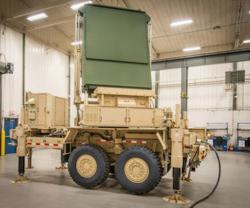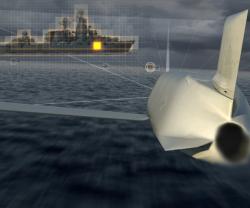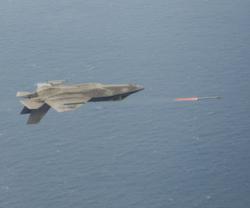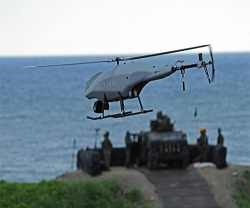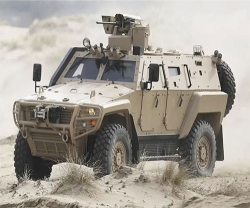Using analytical technology developed to detect launched missiles, Lockheed Martin (LM) has discovered a way to identify sepsis, a potentially fatal blood condition, between 14 to 16 hours earlier than physicians currently do.
“Vitals and lab data are, essentially, continuously updated streams of information - just like missile signals detected by our defense systems,” explained Melanie Lang, Lockheed Martin Business Development Lead within Information Systems & Global Solutions.
“Lockheed Martin took insights from real-time, streaming sensor data, detecting missiles at mach speeds, and reapplied those same techniques to real-time patient data,” she added.
Lockheed Martin’s analytic framework, called Sia™, monitors changing signals from the body and provides alerts for anomaly detection. The same data analytic techniques used to diagnose sepsis may also be able to predict heart attacks, the onset of diabetes and blood clots. In addition to the health field, Sia™ can be applied to other disciplines in which continuously changing signals need to be processed quickly and accurately.
What separates Sia™ from current automated sepsis detection methods is its high rate of detection and low rate of false diagnosis. In an initial trial, 4,500 patients were tested for sepsis using Lockheed Martin’s solution. It correctly alerted sepsis detection 90 percent of the time, while incorrectly labeling less than one percent of patients as potentially septic. This is a significant improvement from the Systemic Inflammatory Response Syndrome (SIRS) method for detecting sepsis. SIRS only detects sepsis in patients 69% of the time and will incorrectly flag 65 percent of uninfected patients, burdening hospital staff and resources.
“Lockheed Martin’s solution leverages the best in science, clinical protocols and data processing to achieve unparalleled levels of detection accuracy. We see broad potential to use the Sia™ solution for early detection and high accuracy across numerous conditions to cost-effectively improve the health of our customers,” said Heather Lavoie, President of Geneia, a Capital Blue Cross subsidiary that focuses on health care innovations.
A leading cause of death in the United States, sepsis kills 258,000 people annually in the nation. A recent study labels it as the most expensive condition treated in hospitals today - accounting for more than $20 billion in annual costs to the U.S. healthcare system.

